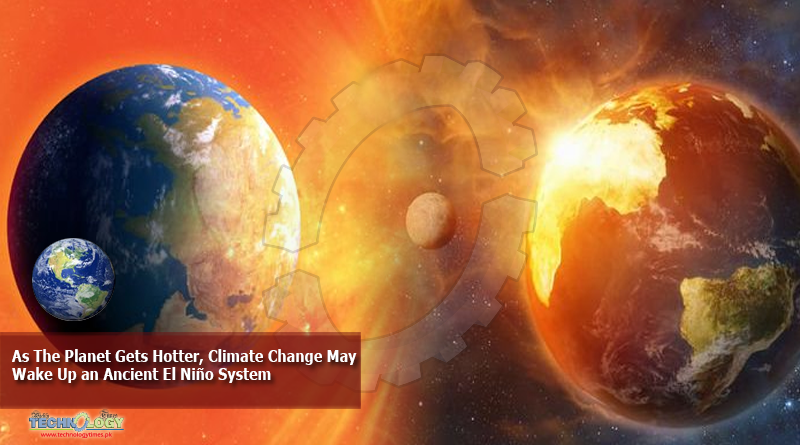If we’re going to cope with and slow down global warming, we need to know as much about its effects as possible Climate Change. Now new research into weather patterns adds another potential issue to the list – the potential return of an ancient El Niño-style system to the Indian Ocean.

El Niño is a weather system characterised by unusually warm water in the Pacific Ocean off the coast of Peru and Ecuador – it’s linked to drought in Australia and heavy rain in South America, and it’s already become more dangerous as a result of climate change. But an ancient type of El Niño could also wake up as the planet gets hotter.
A new study shows that small surface temperature increases in the Indian Ocean could see its associated weather start to match the El Niño patterns we see today over the Pacific Ocean, maybe as soon as 2050. This would match up with how winds and rainfall used to affect the region during the last ice age, some 21,000 years ago.
In turn, that might lead to an increase in the rate of storms, floods and droughts that occur around the Indian Ocean – potentially impacting some of the people already most threatened by climate change, across Africa, Asia and Australia.
“Our research shows that raising or lowering the average global temperature just a few degrees triggers the Indian Ocean to operate exactly the same as the other tropical oceans, with less uniform surface temperatures across the equator, more variable climate, and with its own El Niño,” says climate scientist Pedro DiNezio, from the University of Texas at Austin.
DiNezio and his fellow researchers analysed 36 different climate models created as part of the Coupled Model Intercomparison Project, picking out the ones that matched current conditions most accurately. These models were then used to look at how further warming might change the meteorological conditions around the Indian Ocean.
As it stands today, the Indian Ocean sees little change in temperatures year on year: the prevailing west-to-east winds tend to keep conditions stable. Global warming runs the risk of reversing these winds, the models show.
If the balance of weather patterns were broken in that way, giving the region an El Niño of its own, there would be bigger swings of warming and cooling across the months. This matches how scientists think the Indian Ocean used to be (a discovery that was in fact made by some of the same researchers).
“The re-emergence will depend strongly on the rate of global warming, so ultimately on whether greenhouse gas emissions are abated or not,” DiNezio told Dharna Noor at Earther.
In fact, the study shows that the rising temperatures of today are affecting the Indian Ocean in much the same way as the glaciers did tens of thousands of years ago, causing more extreme oscillations in weather conditions.
This potential shift in winds could lead to everything from increased flooding in some areas to longer dry spells in other areas, affecting huge swathes of the world that are already feeling the brunt of climate change – as the recent bushfires in Australia showed.
As ever with climate models, it’s not certain that this is how everything will play out, and new and updated climate models have been produced since this study was carried out. What is certain is that the more information we have, the better, and that the less we do about rising temperatures, the more our world is going to change.
“Greenhouse warming is creating a planet that will be completely different from what we know today, or what we have known in the 20th century,” says DiNezio.
Originally Publish at: https://www.sciencealert.com/
